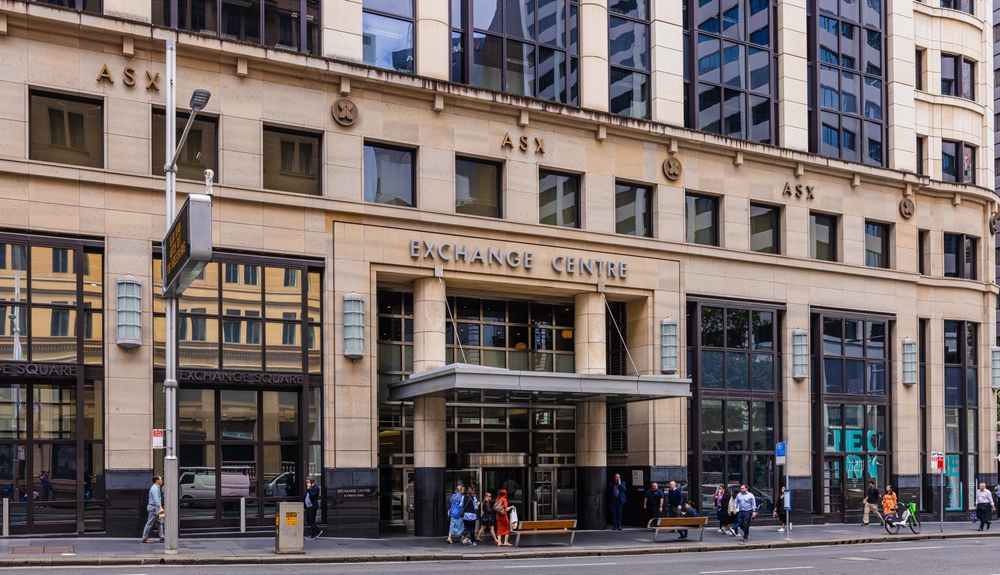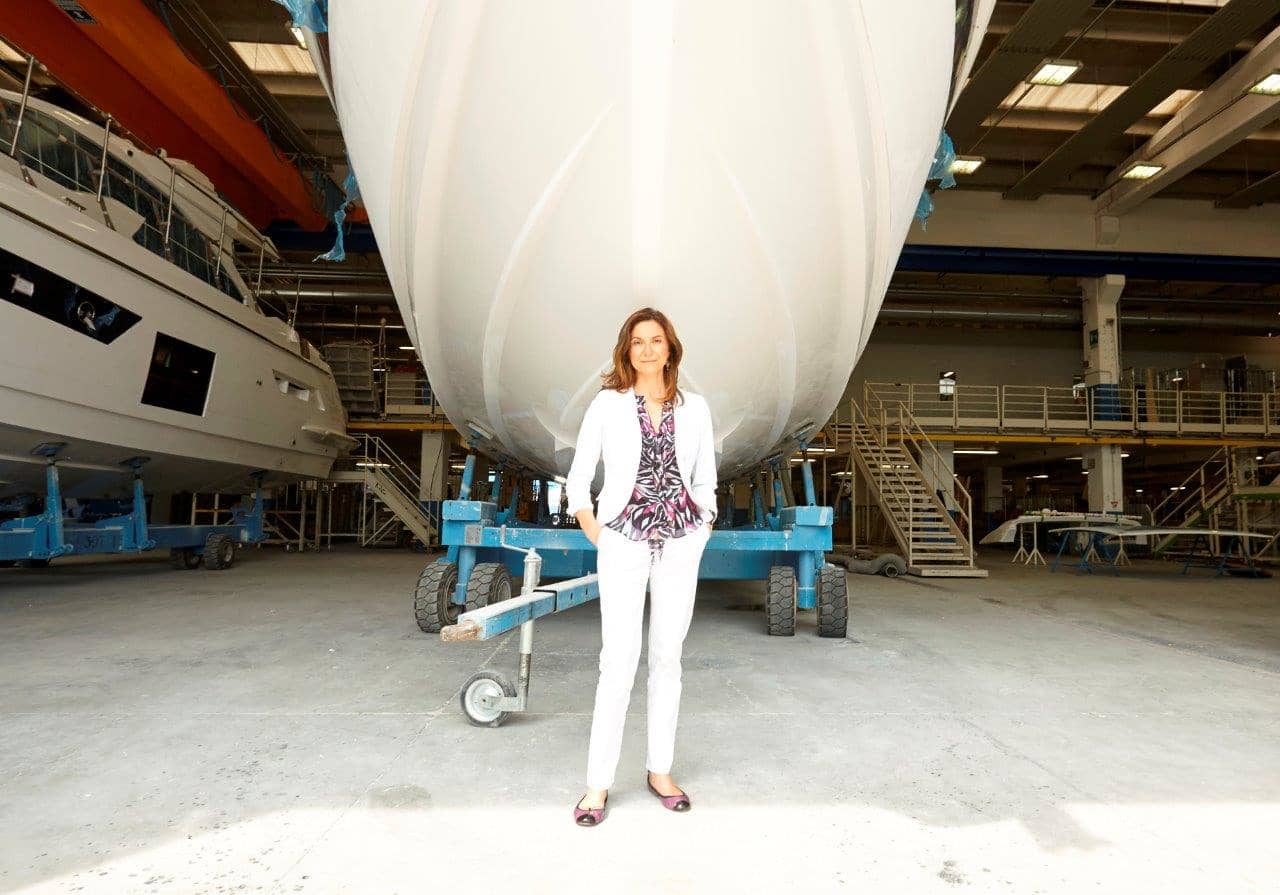Modern Landscaping Lessons From A Historic Italian Garden
On a trip to Villa d’Este—a fountain-strewn, Renaissance-era estate outside Rome—our writer learns the secrets to crafting a truly immersive garden.
It seems as if I have always known of the Villa d‘Este, the celebrated Renaissance villa and adjoining gardens northeast of Rome, but until this spring I really didn’t know much about it. I was dimly aware of the complex’s influence on landscape design, especially the fountain-rich, terraced gardens behind the frescoed house, but I couldn’t really work up a picture in my mind. Then, during a trip to Rome this spring, I decided to find out what the five-hundred-year-old fuss was about and hailed a taxi on the Via Veneto in the early morning traffic.
Located in Tivoli, a playground for ancient and Renaissance Romans about 20 miles from the Colosseum, the Villa d’Este was the brainchild of Cardinal Ippolito II d’Este (1509–1572), son of Renaissance art patron and Duke of Ferrara Alfonso d’Este and his controversial wife, Spanish-Italian power player and putative poisoner, Lucrezia Borgia. These days, it is reached only after a rather dispiriting trip through the anonymous eastern suburbs and exurbs of contemporary Rome, which might as well be outside Rome, N.Y. Even the entrance to the complex is kind of sad, off a small-town square with a curious work of menacing public art. But then the jaw-dropping splendor begins.
The stately villa, whose wholly frescoed interiors are spectacular enough, is perched above the gardens, which swoop down over countless levels, crisscrossed by a skyscraper’s worth of staircases and punctuated by some 50 sculptural fountains that run the gamut from large to huge to building-size.
A technical marvel in its time—and a Unesco World Heritage site and museum today—the 11-acre site’s sunken gardens use gravity to turn the local Aniene River into a constant motor for fountains, pools and dozens of artificial waterfalls. The Villa d’Este relies on the basic building blocks of Renaissance garden design—evergreen trees and Italian stone—to frame and fashion the gurgling, rushing and sheer wetness of all that water, which is not only meant to be seen but heard, felt and even endured, splashing you in the face when you least expect it.
The gardens start with…a pause.
Between the house and the garden slope is a quiet vialone, or avenue, bordered by a low wall and punctuated by elevated ceramic pots. This allows the mind to catch its breath between the fabulous frescoes and the watery wonderland beneath.
I heard falling water before I saw it, then my eye traveled to the right, to the so-called Hundred Fountains, a lane along which grotesque masks shoot water into a trough. Then I descended to the Cypress Rotunda, a giant display of twisting trees, some dating back to the 17th century.
Down I went, to the long array of fish ponds, or decorative reflecting pools, which lead the eye up to the Fountain of Neptune and, beyond, to the Fountain of the Organ, which uses river water to power an actual organ.
Then up I went to the piazza-fronted Oval Fountain, whose mammoth cascade of water suggests a glistening glass curtain, and back down again to the Fountain of Diana, a surreal multi-breasted symbol of fertility. I was getting tired, and hot, and after breathing the heady aromas of the rose garden, I paused in the cool darkness of the Grottoes of the Sibyls.
As it turns out, I was supposed to get tired, said Michael Lee, a professor in the history of landscape architecture at the University of Virginia, and a fellow this spring at the American Academy in Rome. The gardens are dense in mythological imagery, and the need to hike up and down was meant to “re-enact the labors of Hercules,” he said. I was expected to get tired and wet and hot and to notice the sounds of the fountains increase from nearly musical to almost deafening.
“The Villa d’Este is meant to be immersive,” said Prof. Lee, engaging all our senses, while later western garden design, from the French formal variety to the English landscape version, became ever more visual.
I later asked landscape designer Adam Woodruff, in Marblehead, Mass., how a gardener of more modest means and acreage could make a plot immersive. In his own meadow-style garden he converted a circular zinc planter, about 3 feet in diameter, into a reflecting pool. By adding a bit of black dye formulated for the purpose, he made the surface mirrorlike, so that sky and flower stalks prettily echo off the water. Thirsty birds steadily supply bird song (and avian-safe mosquito larvicide keeps bugs from breeding there). The simple vessel serves as a strategic focal point in the loosely structured garden, which includes a number of grass species.
Feeding all the senses was but one of the lessons Villa d’Este offers the home gardener. Others include creating a buffer between your house and your garden. Don’t be afraid to add humor, or even a bit of the grotesque. Save a place among the plants for stones, water, a statue or two or even a whole fountain.
The spring morning at the complex had turned into an almost summery afternoon, but now the weather grew overcast and faintly fall-like. It was time to go back to Rome, wetter and wiser, with the reminder that great design—in a garden, as in a house—should be lived rather than just looked at.
 Copyright 2020, Dow Jones & Company, Inc. All Rights Reserved Worldwide. LEARN MORE
Copyright 2020, Dow Jones & Company, Inc. All Rights Reserved Worldwide. LEARN MORE
This stylish family home combines a classic palette and finishes with a flexible floorplan
Just 55 minutes from Sydney, make this your creative getaway located in the majestic Hawkesbury region.
The remote northern island wants more visitors: ‘It’s the rumbling before the herd is coming,’ one hotel manager says
As European hot spots become overcrowded , travellers are digging deeper to find those less-populated but still brag-worthy locations. Greenland, moving up the list, is bracing for its new popularity.
Aria Varasteh has been to 69 countries, including almost all of Europe. He now wants to visit more remote places and avoid spots swarmed by tourists—starting with Greenland.
“I want a taste of something different,” said the 34-year-old founder of a consulting firm serving clients in the Washington, D.C., area.
He originally planned to go to Nuuk, the island’s capital, this fall via out-of-the-way connections, given there wasn’t a nonstop flight from the U.S. But this month United Airlines announced a nonstop, four-hour flight from Newark Liberty International Airport in New Jersey to Nuuk. The route, beginning next summer, is a first for a U.S. airline, according to Greenland tourism officials.
It marks a significant milestone in the territory’s push for more international visitors. Airlines ran flights with a combined 55,000 seats to Greenland from April to August of this year, says Jens Lauridsen, chief executive officer of Greenland Airports. That figure will nearly double next year in the same period, he says, to about 105,000 seats.
The possible coming surge of travellers also presents a challenge for a vast island of 56,000 people as nearby destinations from Iceland to Spain grapple with the consequences of over tourism.
Greenlandic officials say they have watched closely and made deliberate efforts to slowly scale up their plans for visitors. An investment north of $700 million will yield three new airports, the first of which will open next month in Nuuk.
“It’s the rumbling before the herd is coming,” says Mads Mitchell, general manager of Hotel Nordbo, a 67-room property in Nuuk. The owner of his property is considering adding 50 more rooms to meet demand in the coming years.
Mitchell has recently met with travel agents from Brooklyn, N.Y., South Korea and China. He says he welcomes new tourists, but fears tourism will grow too quickly.
“Like in Barcelona, you get tired of tourists, because it’s too much and it pushes out the locals, that is my concern,” he says. “So it’s finding this balance of like showing the love for Greenland and showing the amazing possibilities, but not getting too much too fast.”
Greenland’s buildup
Greenland is an autonomous territory of Denmark more than three times the size of Texas. Tourists travel by boat or small aircraft when venturing to different regions—virtually no roads connect towns or settlements.
Greenland decided to invest in airport infrastructure in 2018 as part of an effort to expand tourism and its role in the economy, which is largely dependent on fishing and subsidies from Denmark. In the coming years, airports in Ilulissat and Qaqortoq, areas known for their scenic fjords, will open.
One narrow-body flight, like what United plans, will generate $200,000 in spending, including hotels, tours and other purchases, Lauridsen says. He calls it a “very significant economic impact.”
In 2023, foreign tourism brought a total of over $270 million to Greenland’s economy, according to Visit Greenland, the tourism and marketing arm owned by the government. Expedition cruises visit the territory, as well as adventure tours.
United will fly twice weekly to Nuuk on its 737 MAX 8, which will seat 166 passengers, starting in June .
“We look for new destinations, we look for hot destinations and destinations, most importantly, we can make money in,” Andrew Nocella , United’s chief commercial officer, said in the company’s earnings call earlier in October.
On the runway
Greenland has looked to nearby Iceland to learn from its experiences with tourism, says Air Greenland Group CEO Jacob Nitter Sørensen. Tiny Iceland still has about seven times the population of its western neighbour.
Nuuk’s new airport will become the new trans-Atlantic hub for Air Greenland, the national carrier. It flies to 14 airports and 46 heliports across the territory.
“Of course, there are discussions about avoiding mass tourism. But right now, I think there is a natural limit in terms of the receiving capacity,” Nitter says.
Air Greenland doesn’t fly nonstop from the U.S. because there isn’t currently enough space to accommodate all travellers in hotels, Nitter says. Air Greenland is building a new hotel in Ilulissat to increase capacity when the airport opens.
Nuuk has just over 550 hotel rooms, according to government documents. A tourism analysis published by Visit Greenland predicts there could be a shortage in rooms beginning in 2027. Most U.S. visitors will stay four to 10 nights, according to traveler sentiment data from Visit Greenland.
As travel picks up, visitors should expect more changes. Officials expect to pass new legislation that would further regulate tourism in time for the 2025 season. Rules on zoning would give local communities the power to limit tourism when needed, says Naaja H. Nathanielsen, minister for business, trade, raw materials, justice and gender equality.
Areas in a so-called red zone would ban tour operators. In northern Greenland, traditional hunting takes place at certain times of year and requires silence, which doesn’t work with cruise ships coming in, Nathanielsen says.
Part of the proposal would require tour operators to be locally based to ensure they pay taxes in Greenland and so that tourists receive local knowledge of the culture. Nathanielsen also plans to introduce a proposal to govern cruise tourism to ensure more travelers stay and eat locally, rather than just walk around for a few hours and grab a cup of coffee, she says.
Public sentiment has remained in favour of tourism as visitor arrivals have increased, Nathanielsen says.
—Roshan Fernandez contributed to this article.
This stylish family home combines a classic palette and finishes with a flexible floorplan
Just 55 minutes from Sydney, make this your creative getaway located in the majestic Hawkesbury region.






















